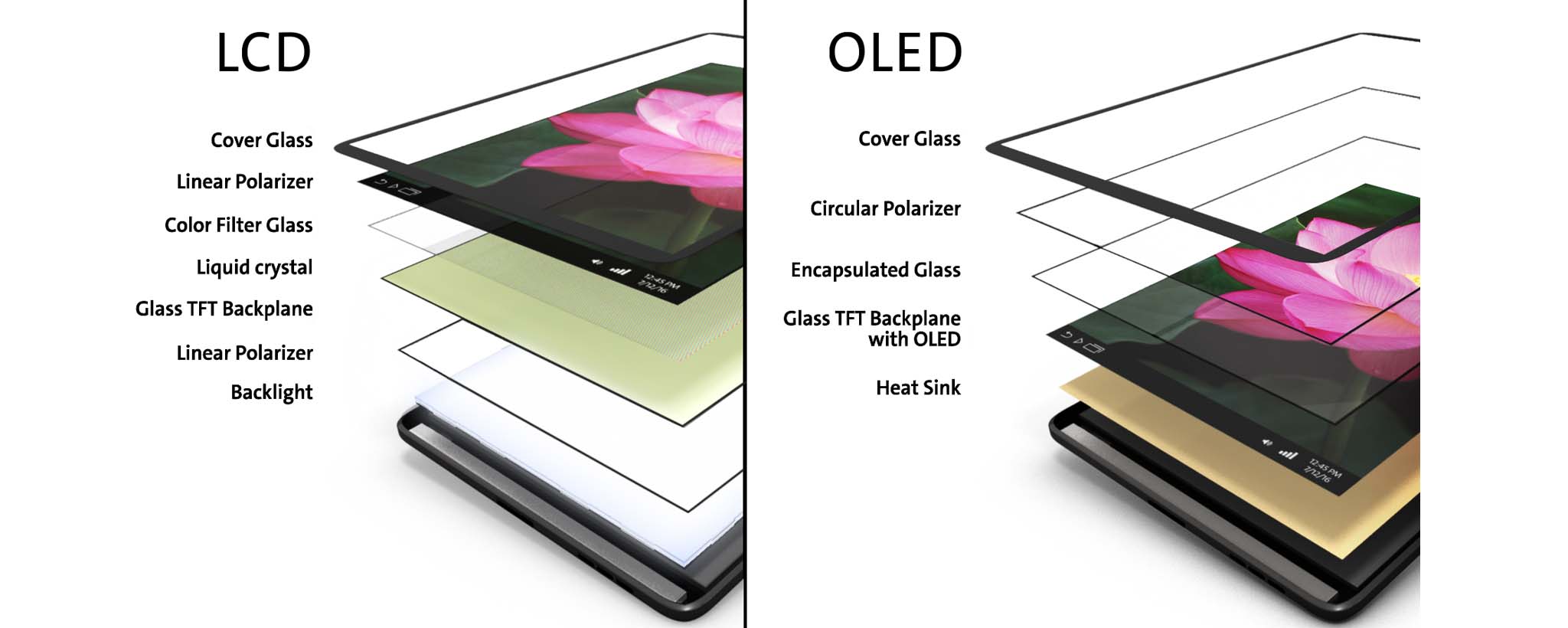
Organic Light Emitting Diode(OLED) engineering science has emerged as a groundbreaking furtherance in the worldly concern of display systems, offer extraordinary improvements in see timber, tractability, energy , and plan possibilities. From smartphones and televisions to wearables and even automotive displays, OLEDs are becoming the standard in next-generation screen technologies. Unlike orthodox LCDs, OLEDs do not require a backlight, allowing each pel to emit its own dismount. This results in deeper blacks, vibrant colors, and superior contrast ratios that importantly enhance the viewing see.
The unusual social structure of OLEDs involves organic fertilizer compounds that emit light when is applied. These organic fertilizer layers are sandwiched between semiconductive layers, and when an electric car flow flows, the organic material emits dismount directly. This eliminates the need for additive light layers used in LCDs, making OLED displays dilutant, ignitor, and more superpowe-efficient. In portable electronics, this vitality efficiency translates to longer battery life, a critical boast for Bodoni consumers who rely on their devices throughout the day.
Another John R. Major vantage of OLED applied science lies in its flexibility. Because the organic fertilizer layers are made of carbon paper-based materials, they can be deposited on flexible substrates like impressible rather than traditional glaze. This tractableness has led to the of collapsable and rollable displays, unlocking new design opportunities in smartphones, tablets, and even laptops. Brands like Samsung, LG, and Huawei have already introduced folding devices that showcase the potentiality of this subverter engineering, changing how users interact with their gadgets.
Furthermore, OLED displays offer faster reply multiplication and high brush up rates compared to their LCD counterparts. This makes them apotheosis for high-performance applications such as play monitors and realistic world headsets. Gamers benefit from electric sander gesticulate interlingual rendition and reduced lag, while VR users enjoy a more immersive and realistic go through due to improved lucidness and rock-bottom gesticulate blur. The precision and responsiveness of OLED screens are especially worthy in professional settings like computer graphic design, medical tomography, and circularise product, where truth is dominant.
However, despite its many benefits, OLED applied science is not without its challenges. One of the most discussed drawbacks is the potentiality for burn-in, where atmospherics images left on the test for extended periods can cause permanent wave project retention. Manufacturers are actively development software program solutions and hardware improvements to palliate this issue, such as pel-shifting techniques and sophisticated materials that are more tolerant to degradation. Additionally, the cost of producing OLED panels corpse higher than that of LCDs, although economies of scale and advances in manufacturing are step by step closing this gap.
Looking out front, OLED engineering science continues to evolve, with innovations such as obvious and stretchy OLEDs already in . These advancements hint at a future where displays can be seamlessly integrated into a variety of surfaces and materials from car windshields to wearable. As research progresses, OLEDs are self-collected to play a telephone exchange role in shaping not only consumer but also W. C. Fields like health care, moving plan, and computer architecture. With its master seeable performance and varied applications, OLED applied science stands at the forefront of a new era in display design.

